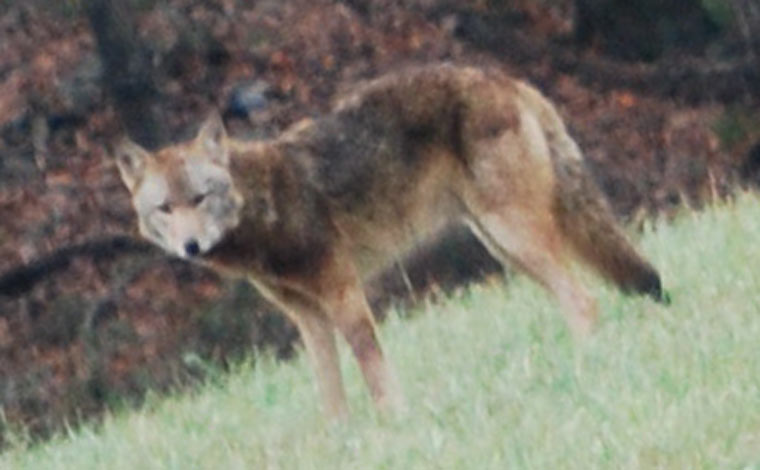-
info@aaanimalcontrol.com
Call us for help in your town
Humane Wildlife Education
Identifying Coyote Traps
Need wildlife removal in your hometown? We service over 500 USA locations! Click here to hire us in your town and check prices - updated for year 2020.
When you think you have a wild animal control issue, but you're not sure what animal it is, or where the animal is coming from or going to, you need to track it. The reason for this is to make getting rid of it much easier, and with animals such as coyotes, tracking it is going to be much easier than you’d think.

All wild animals leave tracks in their wake, and this can range from paw prints to droppings and urine stains, to slightly more complex signs - scratches and bites left on trees and other materials, chomping at garden plants, knocking over of garbage cans, ripping open of window vents, feathers and fur left behind from animal scraps, and more. Once you learn how to read the signs, you’ll notice them everywhere, and when you have wild critters constantly invading your personal space — YOUR territory — knowing what you’re up against is going to make it a lot easier to get rid of it.
Paw Prints
The paw prints left behind by coyotes actually look very similar to those left by dogs. You can see claws to start with, and you won't see those in cat prints because the claws are retractable. You sometimes see raccoon prints, but the fur normally disguises them, and you don’t usually see cougar claws or bobcat claws. This information will help you to work out whether or not you have a coyote, or a different animal.
Cat, cougar and bobcat paw prints are generally boxier, or more square-shaped, than they are long. With coyote tracks, on the other hand, and the same with dog (canine) tracks, they are longer than they are wide. Coyote tracks can be up to 2.5 inches in length, and 1.5 inches wide. Bobcat and cat tracks are smaller than this, by almost half the size, and cougar paw prints are almost double the size.
Droppings
The tough thing about identifying a coyote through the feces it leaves behind, is that the feces often looks like it could have been left by a different animal, usually a cat, dog or raccoon. The feces left by coyotes will vary greatly, depending on the size of the animal, as well as the food it has recently eaten.
Coyote waste, when the animal has eaten a lot of meat matter, will usually contain other traces of the animal, such as fur, bones, or feathers. It will also be darker in color. However, coyotes can also eat a lot of fruit, which leaves seeds and berries in their droppings. It will also be lighter in color. Raccoon feces can look like this, and that makes it tough to distinguish between the two.
Coyotes use their fecal matter as a way of marking their territories, and dogs do the same. If you see coyote feces on your land, or you suspect that the feces you can see has been left by a coyote, you should call in professional wildlife removal and control experts. The coyote has marked your territory as its own, and getting rid of it will take some work.
Other Signs
Coyotes will prey on small animals, and this includes chickens, rabbits, cats and small to medium-sized dogs. It will also go after raccoons, opossums, rats, mice, squirrels, and other creatures, all of which are known to invade human homes regularly. Seeing coyotes could be a sign that there are other problems underfoot. Could this predator have come in closer because there is also another wild animal problem?
If you see signs of fights - fur, feathers, blood, animal flesh or carcasses, there’s a good sign that it’s a bigger predator, something bigger than a raccoon. As soon as you suspect coyotes on your property, you should give wildlife professionals a call. It won't be long before that animal is eyeing up your domesticated pets.
For more information, you may want to click on one of these guides that I wrote:
How To Guide: Who should I hire? - What questions to ask, to look for, who NOT to hire.
How To Guide: do it yourself! - Advice on saving money by doing wildlife removal yourself.
Guide: How much does wildlife removal cost? - Analysis of wildlife control prices.
animals in the attic
noises in the attic


















